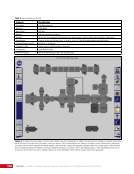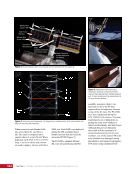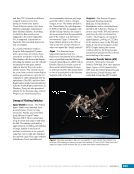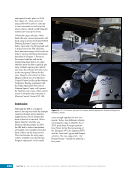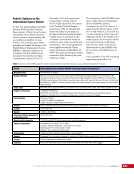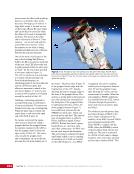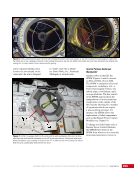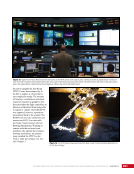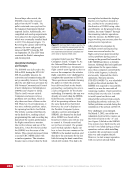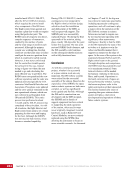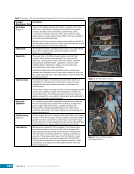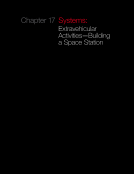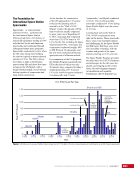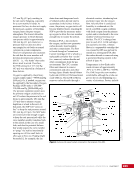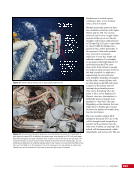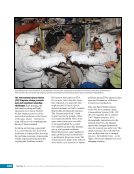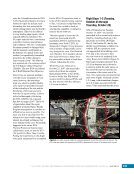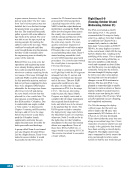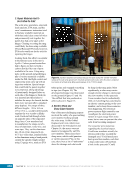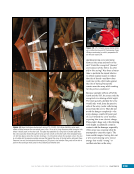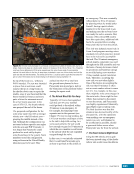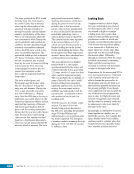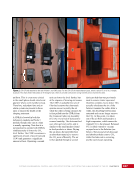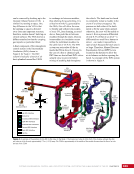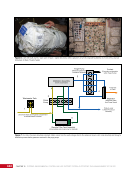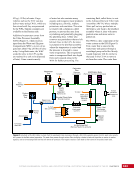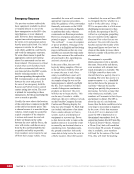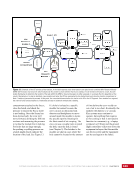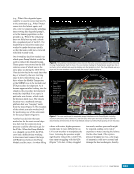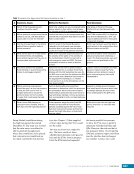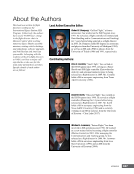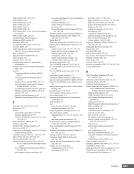iv Foreword Over a span of 20 years, the vision of an international orbiting outpost—one with continuous human presence, measuring the size of a football field, with mass of ~900,000 lbm, and orbiting the Earth every 90 minutes—became a reality. The International Space Station (ISS) is a testament to what engineering miracles can be accomplished with vision, leadership, perseverance, political support, and funding. The ISS enables world-class scientific research, forges pathfinders for future exploration travel, and unites 15 international partners working together with common goals to keep the ISS viable. We are grateful for the visionaries who planted the seeds of continuous human presence in space, beginning with science fiction books and movies that stretched the limits of our imagination. These futuristic dreams inspired technologies required to support civilian spaceflight and military endeavors that, over time, have not only turned out to be possible but are now part of our everyday life. The ISS is part of NASA’s ongoing, deliberate, step-by-step approach for expanding the boundaries associated with human spaceflight exploration that will return us to the moon and eventually to inhabiting Mars. The ISS Program stands proudly on the shoulders of giants who accomplished increasingly complex and ambitious space projects. The early Mercury rockets demonstrated our ability to safely leave Earth’s atmosphere with human passengers, followed by the Gemini and Apollo projects, which were pathfinders for spacewalks, rendezvous, dockings, and human moon landings. The Skylab and Mir space stations, along with the Apollo/Soyuz program, established collaborations with international partners and demonstrated that we could safely operate long-term in low-Earth orbit. A winged Space Shuttle, with the capability to achieve low-Earth orbit for extended periods, enabled astronauts to conduct scientific research and to deploy, retrieve, and repair payloads and satellites. All of these experiences culminated with the adventure of assembling the ISS in low-Earth orbit, testing the ability of engineers, operators, astronauts, scientists, and numerous others working as a team with common goals. Beginning in 1998, the ISS evolved from two modules—one Russian and one American—into a complex composed of 14 elements operated by 15 countries that provides a continuously operating laboratory expanding the scientific boundaries of both physical and biological sciences. The ISS creates a stable platform for studying the effects of long- term human presence for life support, propulsion, electrical, and structural systems to allow humans to explore further. This will lead to technologies and operational techniques for longer-duration spaceflights, a deep space outpost, a permanent base on the moon, and eventually a human outpost on Mars. The flight directors involved in the planning and assembly of the ISS played a vital leadership role in planning, training, orchestrating, and executing each mission. Of the current 91 flight directors in NASA human spaceflight history, more than half of them have worked directly with planning and assembly of the ISS. This Flight Operations leadership and dedication helped to pave the way for the tactical real-time assembly of an operationally evolving spacecraft, knitting together individuals and teams from astronauts to design engineers who were all oriented toward the same strategic goal. We would be remiss to not mention that the ISS would never have become a reality without the ISS Program and Space Shuttle Program leadership providing the overarching vision, funding, and integration with the international and commercial partners. Countless individuals and teams support these programs in critical roles and have dedicated their lives to developing, assembling, and now keeping the ISS a reality. As we embark on new initiatives requiring human presence farther into the solar system, the Flight Operations team will carry with it the legacy of operational experience necessary to continue turning dreams into reality, all in support of NASA’s exploration goals. Brian Kelly Director, Flight Operations Patrick Forrester Chief Astronaut, Flight Operations Norman Knight Chief Flight Director, Flight Operations
Purchased from Demo (abedemo.tizrapublisher.com) for the exclusive use of unknown. © 2025 Demo. Please report unauthorized use to pirate@tizra.com








































































































































